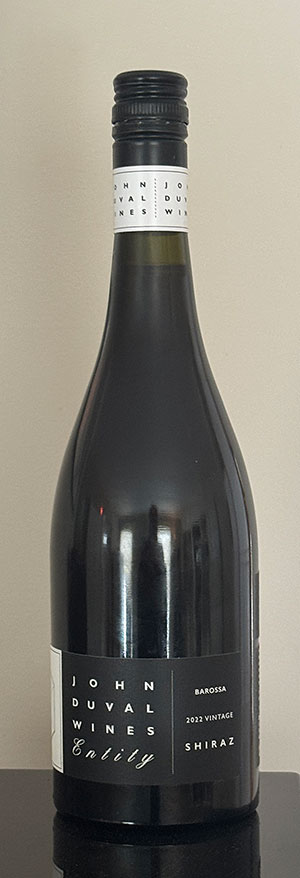
Duval Entity
John Duval Wines is a prestigious family-run winery based in the Barossa Valley, South Australia, founded by renowned winemaker John Duval in 2003.
Duval comes from a long lineage of grape growers. The Duval family supplied grapes to top South Australian producers for over 100 years.
After studying winemaking at the University of Adelaide’s Roseworthy College, Duval began his career at Penfolds in 1974, eventually serving as Chief Winemaker from 1986 to 2002.
Through the 1990s he played a leading role in experimenting with the maturation of old vine Barossa Shiraz in new French oak, contrary to the established winery convention of blending Shiraz from multiple regions and maturation in American oak.
At Penfolds he was instrumental in crafting the legendary Penfolds Grange and other major wines before leaving to create his own label rooted in the Barossa and Eden Valley’s old-vined vineyards.
The style tends toward elegance, structure, and layered complexity, showcasing varietal character rather than heavy oak or hyper-extraction.
Duval’s son, Tim Duval, joined the family business in 2016, ushering in a new generation focused on heritage and innovation.
Entity Shiraz is one of John Duval Wines’ flagship single-varietal Shiraz expressions, made only in the best vintages from select old vines.
The name “Entity” reflects the pure expression of a single grape (Shiraz) shaped by the winemaker’s hand — a fundamental statement wine for the label. It was first released early in the winery’s history. Entity quickly became a core representation of Duval’s Barossa style.
Entity is typically a regional blend of Shiraz fruit — in this case 85% from the Barossa Valley with 15% from the higher-altitude Eden Valley to add brightness and aromatic lift.
The vineyards are old vines (many several decades old), producing concentrated fruit with depth.
Fermentation is done in small stainless-steel fermenters, with careful cap management for gentle extraction. Post ferment, the component wines were matured in oak for 15 months, with 25% in new fine grain French oak hogsheads (300L) and the balance in older French hogsheads and puncheons.
Although a “high end” offering, Entity is sealed under a screw cap, a practice becoming ever-more common in wines from Australia and New Zealand.
The wine pours an opaque purple in the glass. The nose offers up black cherry and blueberry. These continue on the palate with the addition of tart cherry as well. Balanced acidity from the Eden Valley component adds brightness to the powerful Barossa fruit. This is supported by bold but polished tannins. It all wraps up in a long, refined finish with hints of pepper and cocoa. It will benefit from about an hour of decanting. ABV is 14.5%.
Entity Shiraz is made to be drinkable in youth yet age-worthy, with structure to evolve positively over 10–15+ years under proper cellaring.
Try it with red meats, hearty stews, grilled dishes and aged cheeses.
Back to blog posts: winervana.com/blog/



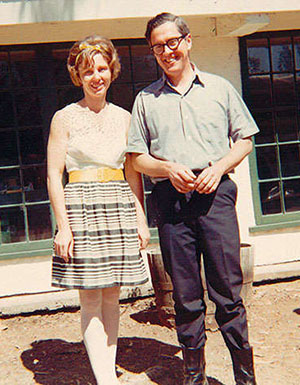


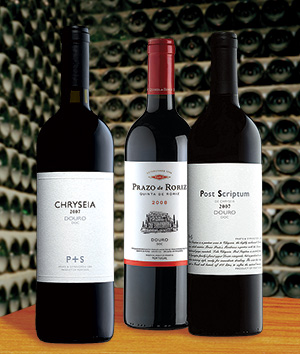 Prazo de Roriz
Prazo de Roriz






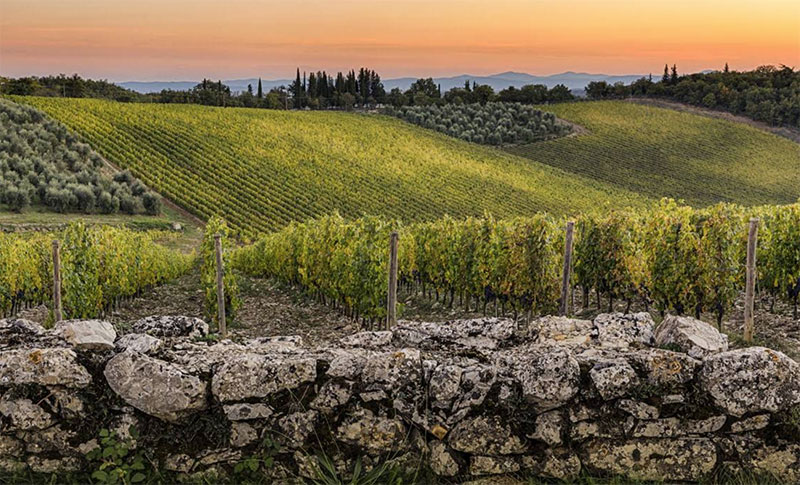


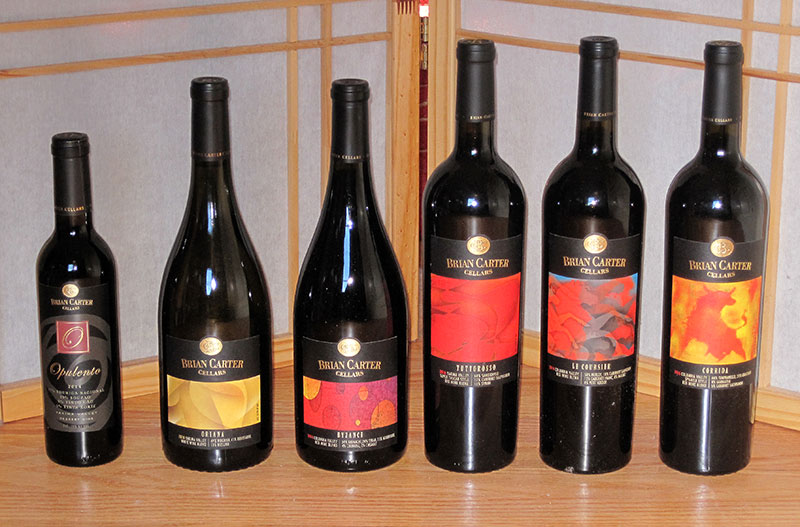
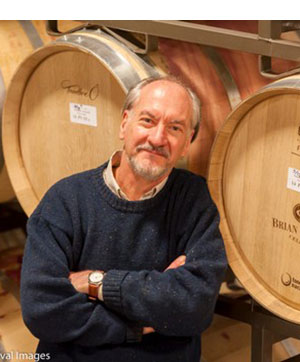 of wine [at a young age], not because my parents were wine drinkers, but because I was given a microscope when I was 12 years old. I heard about these things called yeast, and I wanted to see what they looked like under a microscope. I was told if you want to look at yeast you have to start a fermentation. So I picked some blackberries, fermented the wine, took a sample, and brought out my microscope — and there they were — the little yeast. I’ve been having those yeast work for me ever since.” — Brian Carter
of wine [at a young age], not because my parents were wine drinkers, but because I was given a microscope when I was 12 years old. I heard about these things called yeast, and I wanted to see what they looked like under a microscope. I was told if you want to look at yeast you have to start a fermentation. So I picked some blackberries, fermented the wine, took a sample, and brought out my microscope — and there they were — the little yeast. I’ve been having those yeast work for me ever since.” — Brian Carter